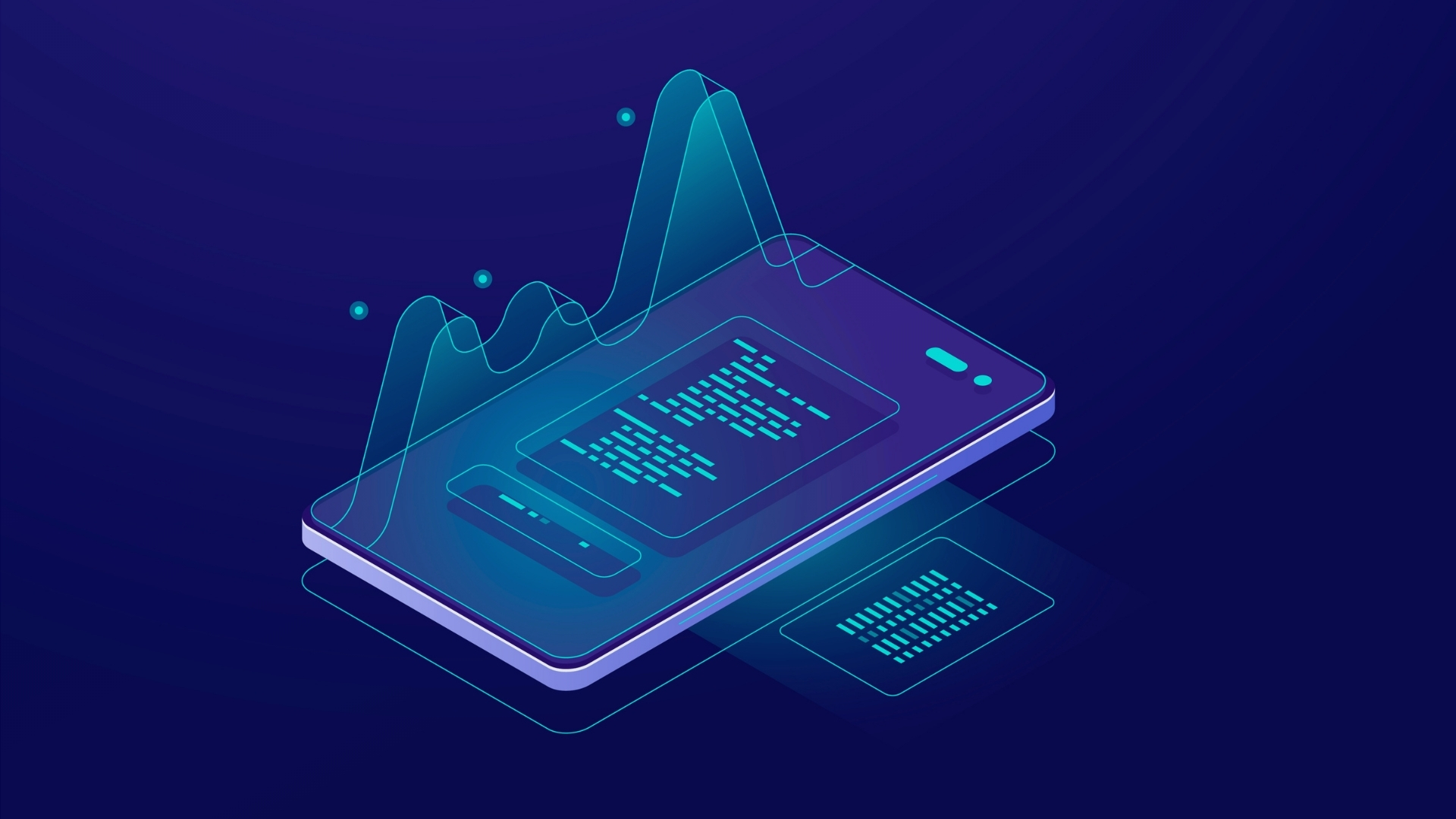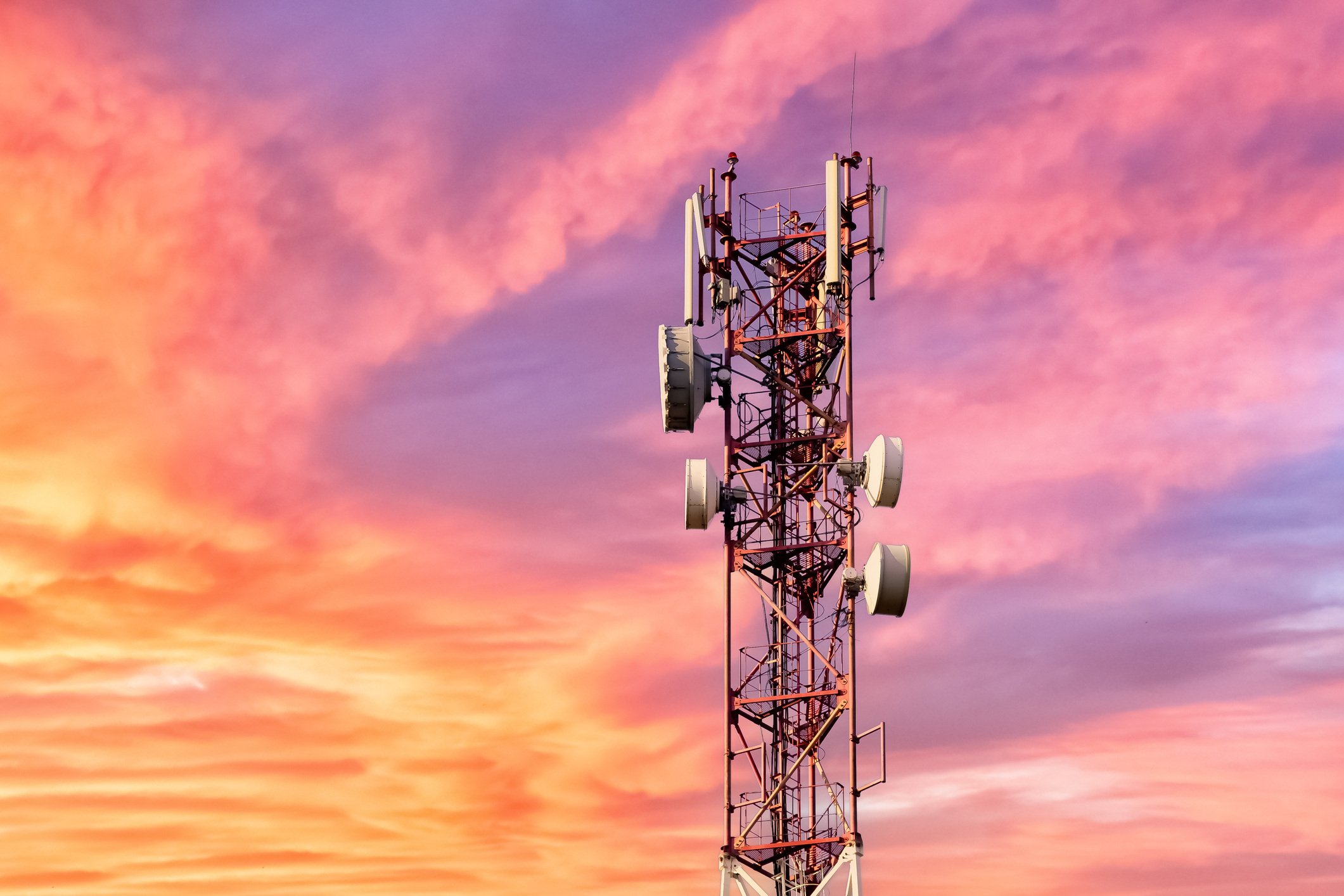
- May 2025 (1)
- April 2025 (3)
- March 2025 (2)
- February 2025 (1)
- December 2024 (2)
- November 2024 (2)
- August 2024 (2)
- June 2024 (3)
- May 2024 (3)
- April 2024 (1)
- March 2024 (3)
- February 2024 (2)
- January 2024 (2)
- December 2023 (1)
- November 2023 (2)
- October 2023 (2)
- September 2023 (1)
- August 2023 (1)
- July 2023 (2)
- June 2023 (3)
- May 2023 (2)
- April 2023 (1)
- March 2023 (4)
- February 2023 (1)
- January 2023 (2)
- November 2022 (2)
- September 2022 (1)
- August 2022 (2)
- July 2022 (2)
- June 2022 (2)
- May 2022 (1)
- April 2022 (3)
- March 2022 (1)
- February 2022 (3)
- January 2022 (2)
- December 2021 (1)
- November 2021 (1)
- October 2021 (2)
- September 2021 (3)
- August 2021 (1)
- July 2021 (4)
- June 2021 (1)
- May 2021 (2)
- April 2021 (2)
- March 2021 (2)
- February 2021 (3)
- January 2021 (3)
- December 2020 (1)
- October 2020 (1)
- August 2020 (1)
- August 2019 (1)
- January 2019 (2)
- September 2018 (5)
- June 2018 (1)
- November 2017 (1)
- September 2017 (1)
- July 2017 (1)
- May 2017 (1)
- January 2017 (1)
- October 2016 (2)
- August 2016 (1)
- July 2016 (1)
- June 2016 (1)
Subscribe by email
An annual growth rate of 27%.
That’s what market insights group IoT Analytics estimates cellular and LPWAN-connected (low-power wide area network) IoT devices will do over the coming 4-5 years. When these types of devices make up this much of an industry’s future growth, businesses of all kinds pay attention.
When we focus on the large segment of the market that is and will continue to be made up of cellular-enabled IoT devices, whether that is a 4G tracker, 5G hotspot, or an NB-IoT solution on a farm, a common thread ties all of them together – cellular data consumption and the operational challenges of measuring and monetizing this usage.
In many cases, just like with mobile phones for the past decade, new IoT device manufacturers will ask customers to subscribe to recurring cellular subscription plans to help cover the ongoing costs of supporting these advanced solutions. As we’ve established in a previous post on subscription models, cellular subscribers will traditionally sign up on a simple monthly or annual basis, but what happens when life throws a curveball and cellular data consumption exceeds what was forecasted in a given billing period?
This is when concepts like IoT Data Plan Top-Ups come into play. In this article, we will explore the concept of the IoT Data Plan Top-Up, its parallels in the smartphone industry and how IoT device manufacturers should take advantage of this concept to provide their subscribers with a better user experience while also opening up more opportunities for incremental revenue streams.
IoT Deployments Are Varied and Data Usage Can Be Hard to Forecast
Cellular IoT deployments are often quite different from traditional mobile contracts. The use cases are more varied, the devices connect to the network more (or less) frequently depending on the IoT application, and actual deployment size can differ dramatically from customer to customer. While one customer might have hundreds of devices deployed at a location, another may have thousands.
Not to mention the fact that there are examples of IoT devices being used in totally unforeseen ways that could impact data usage, like say, using a weatherproof wildlife camera for home security purposes.
For these reasons, it can be difficult for device manufacturers to get a reasonable idea of data consumption ahead of time and can result in costly overages after the fact. This is also why pre-paid subscription models can be an ideal setup for many IoT solutions, and why IoT Data Plan Top-Ups can fit nicely into the equation, for both OEMs and their customers.
What is an IoT Data Plan Top-Up?
In short, a Data Plan Top-Up is a way for a cellular subscriber to gain access to more data before the next billing period. This ensures that they are able to continue to connect to the carrier network even after they have used their pre-paid allotment of data. A good analogy would be “topping off” your car’s fuel tank – or bringing your electric car’s battery to full charge, before a long trip in order to safely get to your destination with fuel/range to spare.
Because typical cellular billing periods are set up for monthly renewal cycles, there are times that a customer or maybe even a specific device with a high data consumption rate will effectively “run out” of data, and then two things can occur:
- Scenario 1: If the plan is using a pre-paid business model, the connection will be cut off until the next billing cycle when the next allotment of data will be made available.
- Scenario 2: If the plan is utilizing a postpaid model, then the account will begin experiencing “overages”, which is basically just additional fees for going over the originally agreed upon terms of the cellular subscription contract.
IoT Data Plan Top-Ups really only apply to pre-paid billing models and primarily are designed to solve the existing challenge between running out of data during a billing period or being forced to move to a larger plan.
Learn more: How to Cost-Effectively Manage IoT Data Plans
What is the alternative?
Due to the COVID pandemic, more people purchased or rented RVs to work remotely and get out of the house. With a cellular Wi-Fi router in the RV, mobile data is how you work remotely. If during one of these outings, you have a client or job that needs more work than usual, you're going to use more data than usual and exceed your monthly limit. If you used up much of your normal allowance binge watching streaming services from the camp sight, you may run out a lot sooner than you expected!
The Issues
Typically, with standard carrier subscription plans, the only available options are to run out of data or to move to a higher data plan. But if this need is temporary, as in “just during this billing period”, the alternative option of upgrading to a larger plan and then remembering to downsize your plan later may not be the best option. Especially if you don’t believe you will need that much data in future months, then forget to go back to your prior plan you may be over purchasing data that you will not use.
With other pre-paid plans, especially the SIM data cards purchased at retail, it is not possible to add more data to your plan without having to swap out SIM cards and starting over. So upgrading your IoT data plan and then waiting for a data plan increase to kick in next month doesn't help the current situation. This isn't a recurrent issue, it's just this one time you need more data.
The result is the end customer's needs aren't met. That's where the value of IoT platforms and data plan top-ups comes in. IoT Data Plan top-ups are key to ensuring the customer's needs can be met at any point in a billing cycle.
Even if a service provider has planned for this eventuality, a common hurdle that can affect their ability to serve customers is that their recurring billing infrastructure is not able to support a temporary addition or change of a plan, without impacting the original billing date. We’ve seen this happen before with some companies in the cellular industry.
Let’s go back to the retail example earlier. Using a standard carrier’s prepaid offering, you can often purchase a 1GB SIM card and start using the data immediately. As part of the setup, you can create an account online, add your credit card on file so you can purchase more data without having to purchase a new SIM card. When you do that though, the billing solution used by that carrier will basically use the credit card to renew the original 1GB purchase at the same price, but 30 days from the activation of the original SIM card. The only option to add more data now, would be to go back to the retailer to purchase a new prepaid SIM card, with another GB of data, and repeat the process over again.
Having a billing solution that is robust enough to accommodate a purchase of an IoT top-up plan on demand, would address the need for more cellular data in between the normal billing cycles.
Find the Right Platform Provider to Support Your Goals
If you are searching for ways to provide better support and a better experience for your cellular subscribers, look for a service provider that understands important concepts like IoT data plan top-ups and that has the iot monetization platform components in place to support those capabilities.
For over a decade, Zipit has worked alongside device manufacturers, IoT integrators and network operators to help bring cellular IoT solutions to market faster. If you are looking for a reliable connectivity provider, or need assistance in setting up and managing end-user billing services, contact us. We’d be happy to help.
You might also like:
Related Content
The latest IoT insights and platform updates from Zipit.
Device provisioning is often compared to setting up a mobile phone, but getting an...
IoT devices need flexible network technologies optimized for low-power application...
The network an IoT device selects significantly impacts the strength and reliabili...



